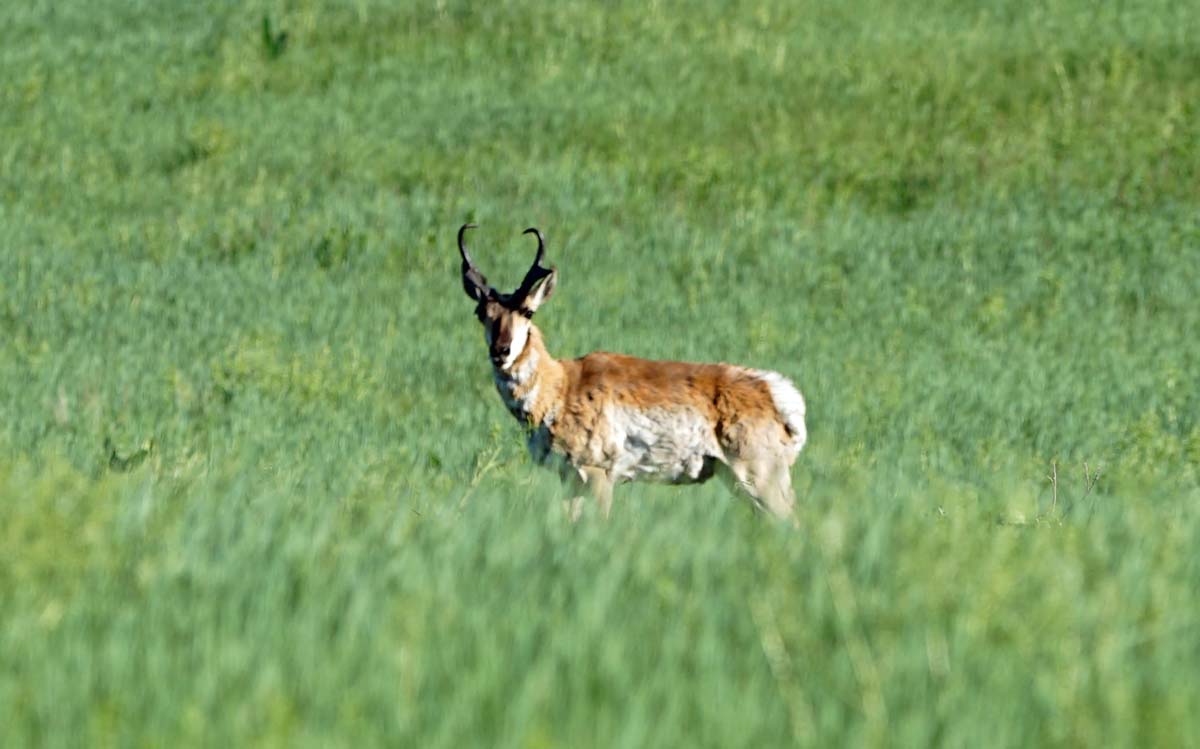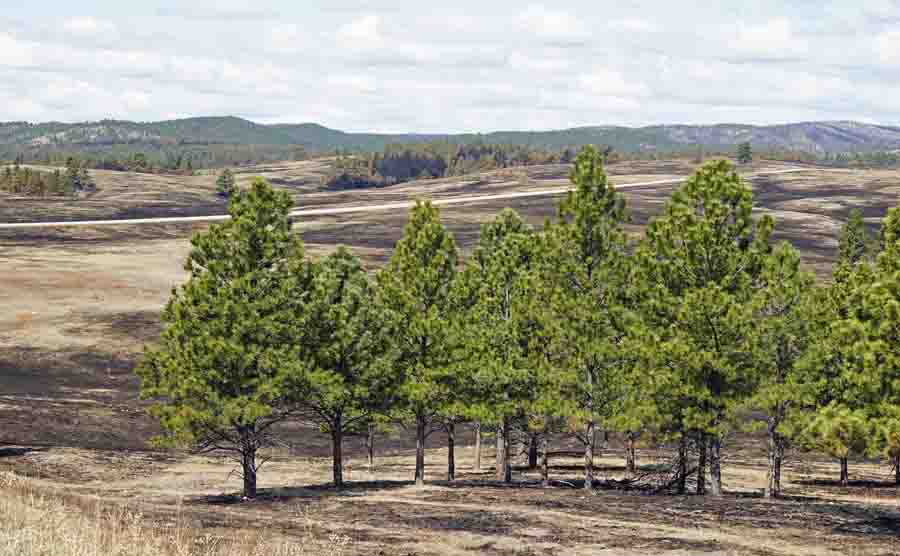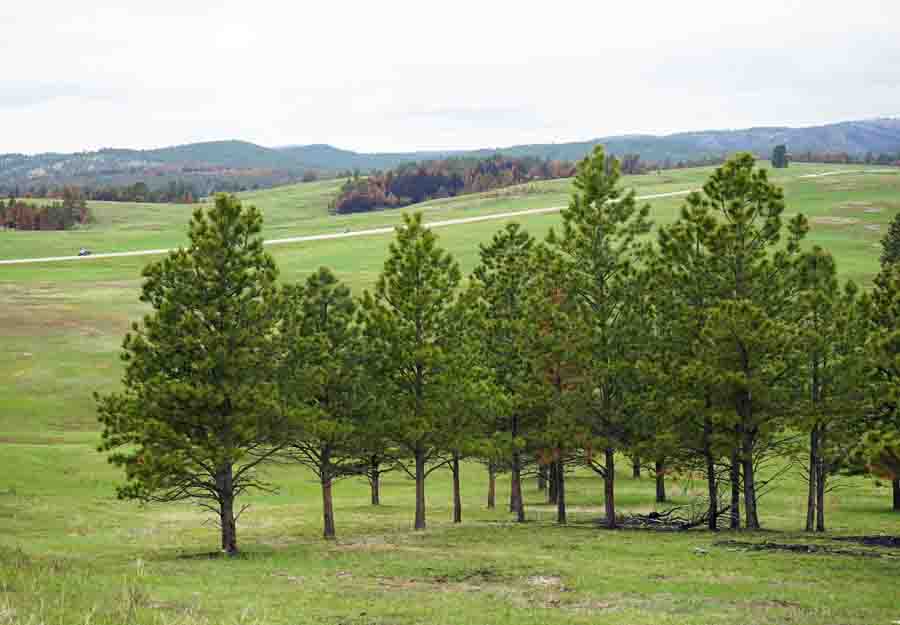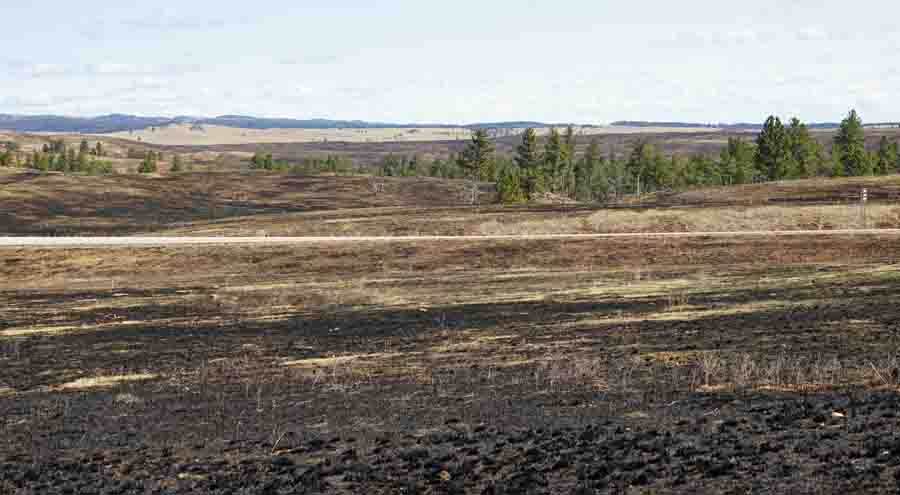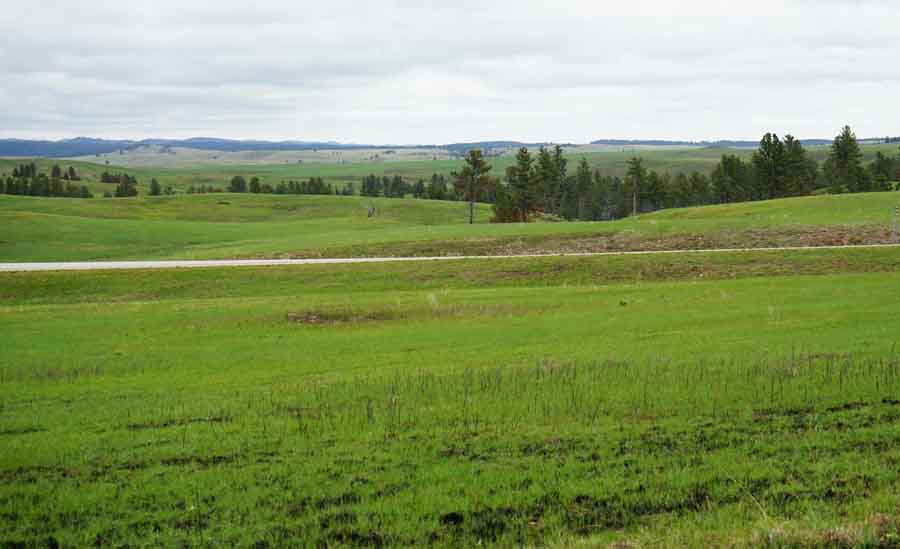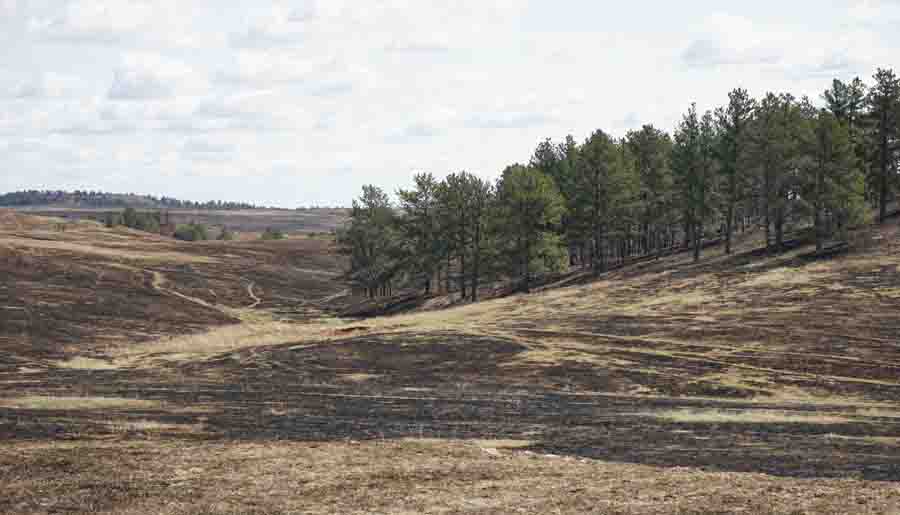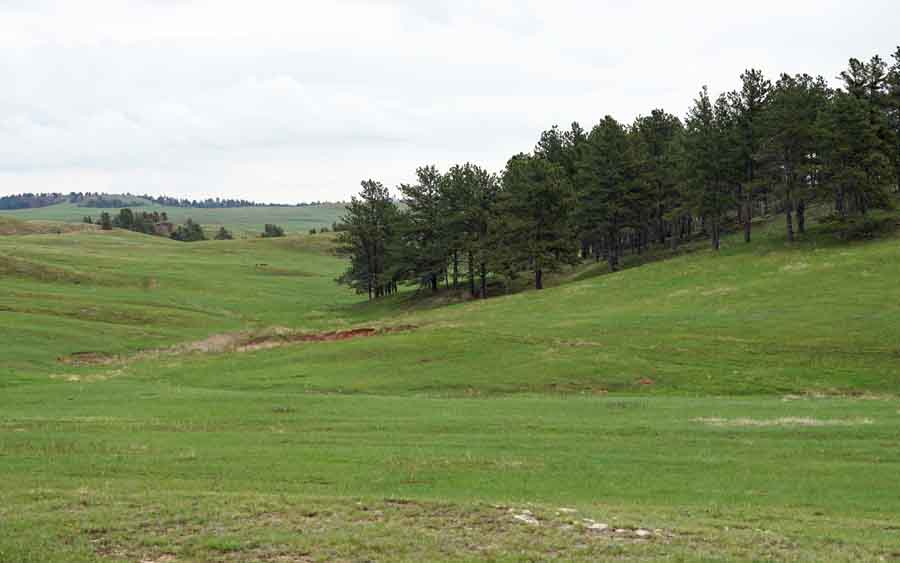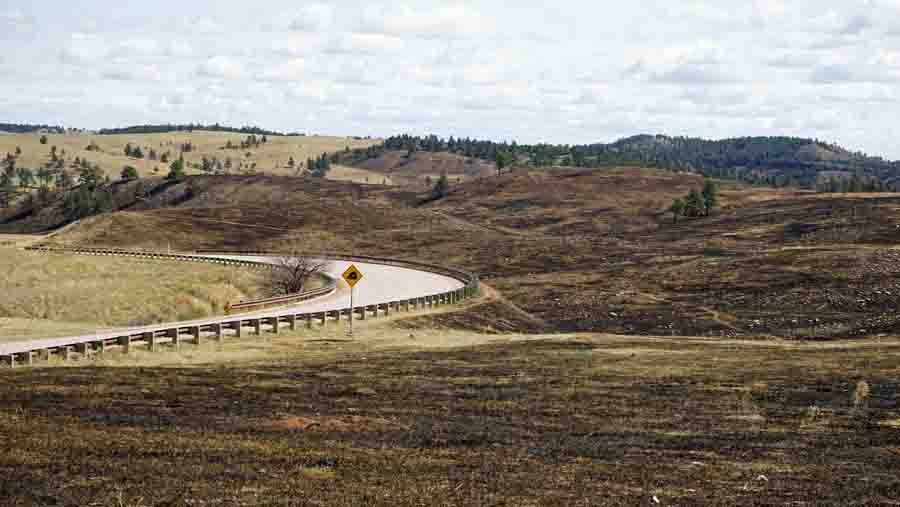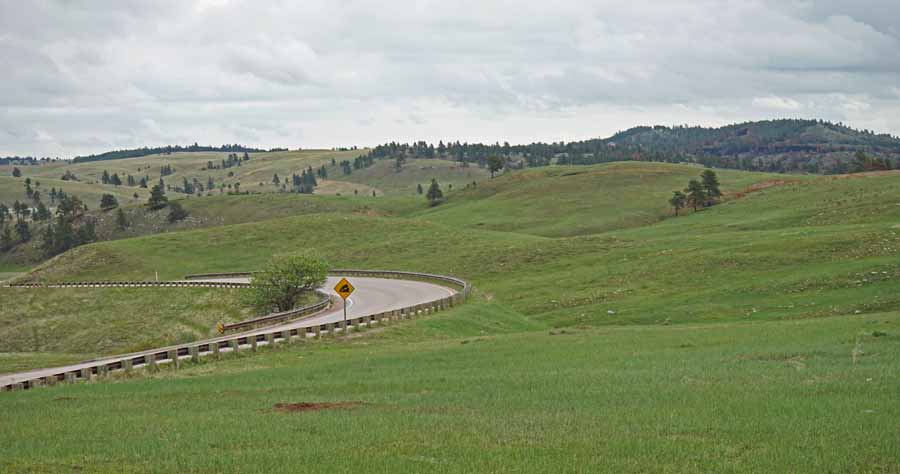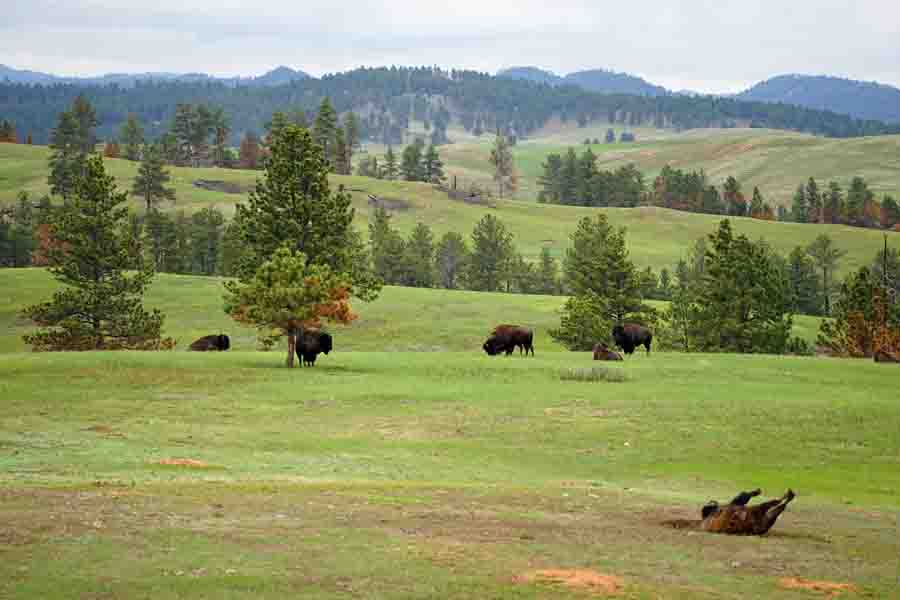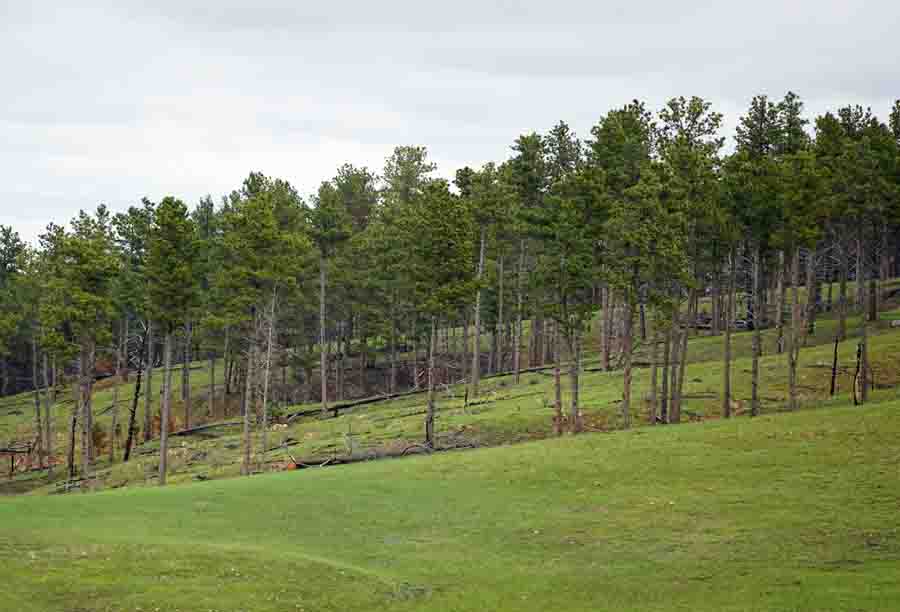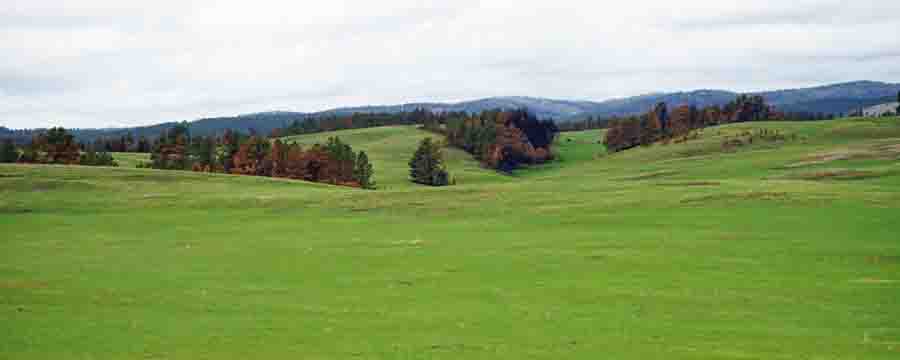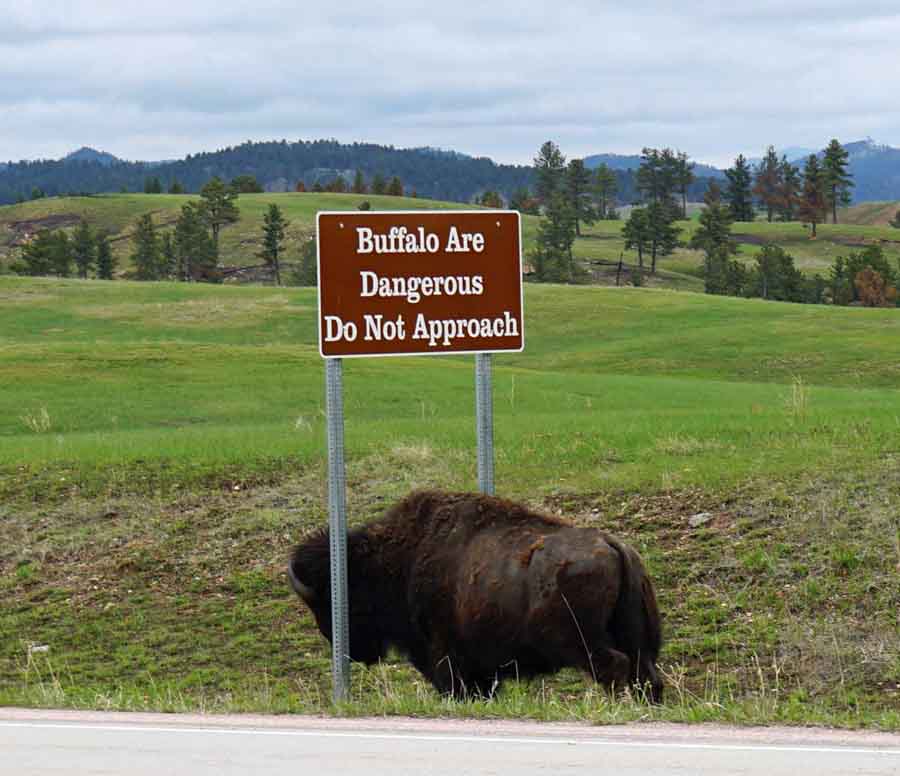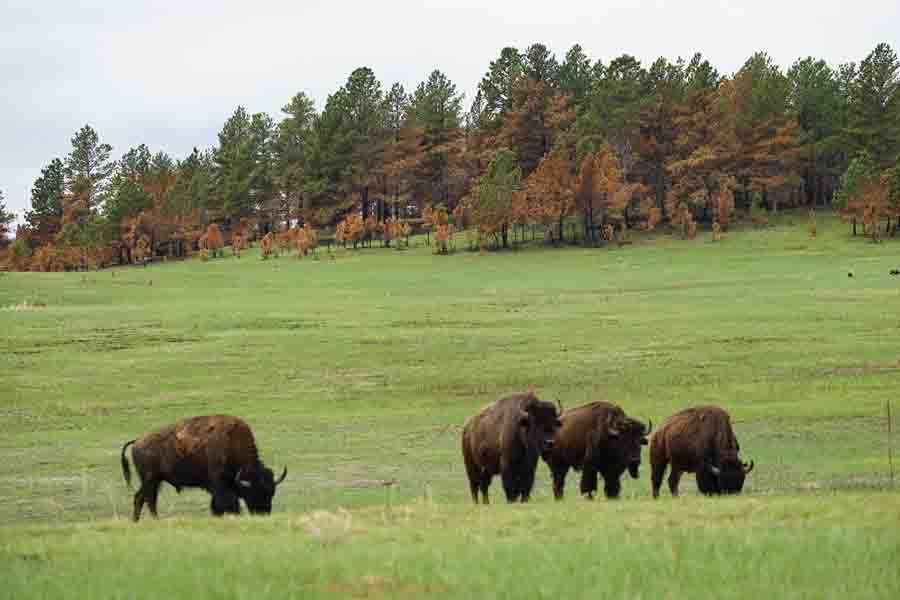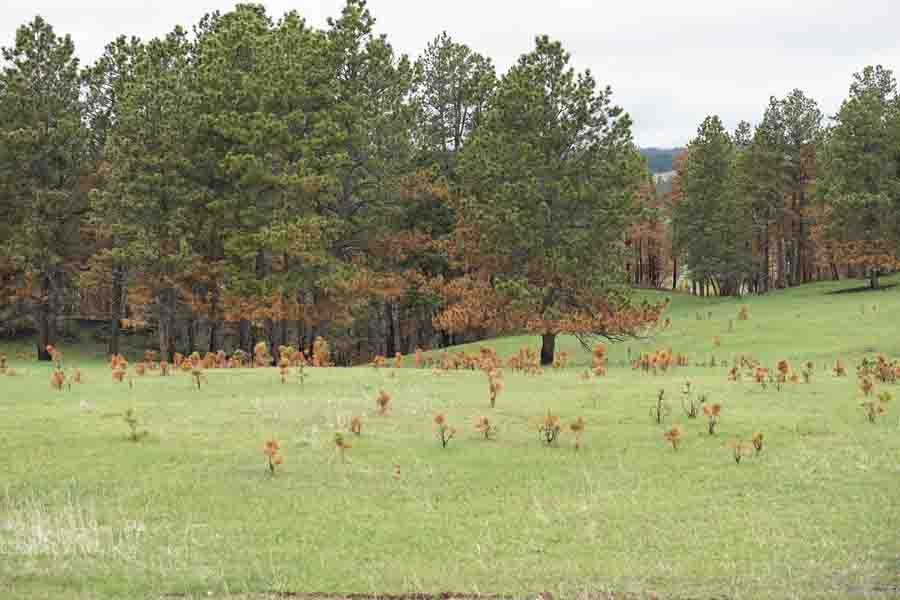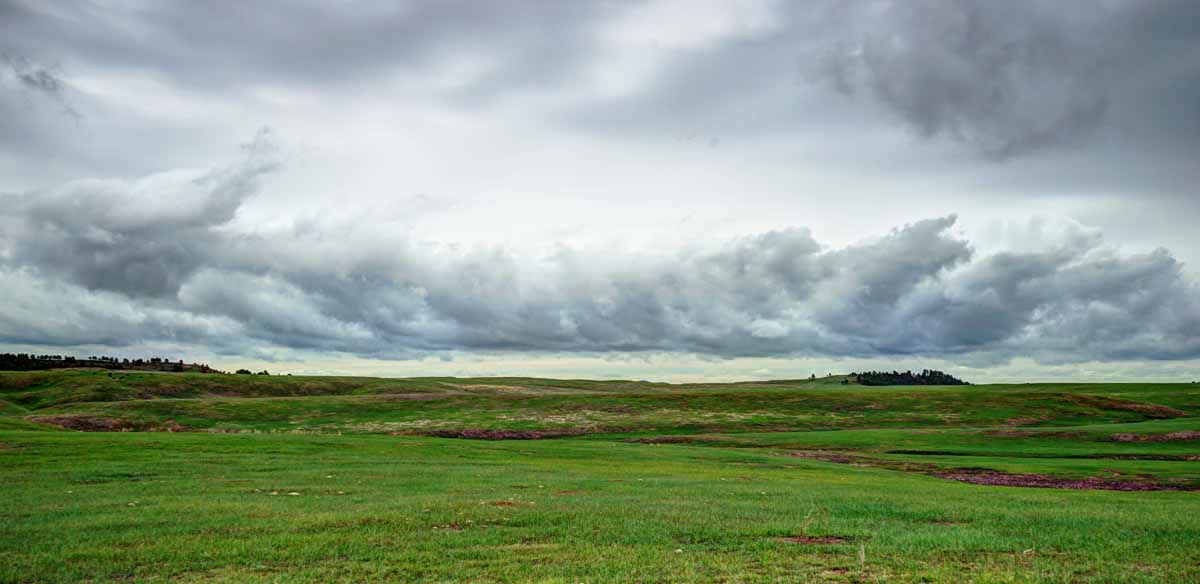
Firefighters in Montana are in the middle of a controversy about an eaglet that apparently was killed when a tree containing a bald eagle nest was cut down. They were working to suppress a wildfire on an unnamed island in the Missouri River near Cascade, Montana south of Great Falls and said they had to cut down the tree because it was burning.
However local residents said the tree was not burning and warned the firefighters about the eagle nest which had been in the tree for more than a decade and most years was occupied by bald eagles.
If the residents are correct and the tree was not burning, it sounds like a condition that can sometimes afflict firefighters called “sport falling”. If the firefighters, employees of the Montana Department of Natural Resources and Conservation, are right and the tree was on fire, then apparently they concluded that it was very important to cut down the tree with the bald eagle nest, even though it was on an island surrounded by the Missouri River.
More details are at the Great Falls Tribune.

